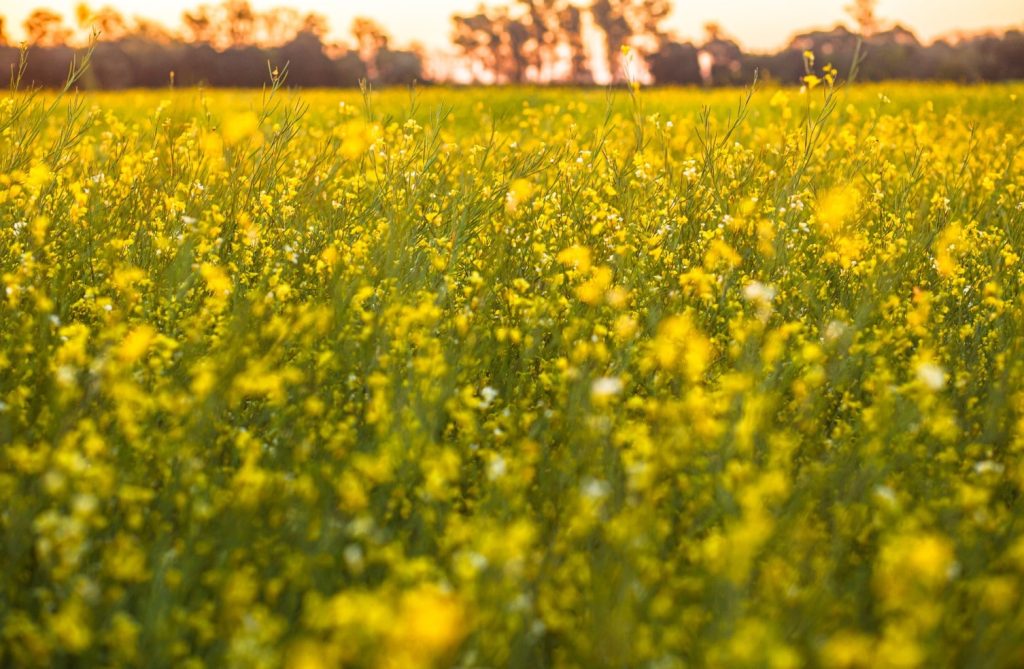Between main crop harvest and next season’s planting, when weather and current plant genetics prevent typical main crops from being grown, there is a drop in photosynthesis and atmospheric carbon removal.
Cover crops, plants that grow well in this typically dormant period to “cover” and protect soil, sequester carbon during the winter or fallow season while suppressing weeds, and capturing excess or unused nutrients. Cover crop residue left on the field in the spring also provides slow-release nutrients as it decomposes during the main crop growing season.
“We can reduce emissions and fossil fuel reliance, remove atmospheric carbon and restore soil carbon by growing Nuseed Carinata for biofuel feedstock, all without displacing food production or requiring additional farmland,” explains Glenn Johnston, who leads Nuseed Carinata global regulatory. “Cover crops like Nuseed Carinata are literally one of the largest tools the world has to combat climate change.”


